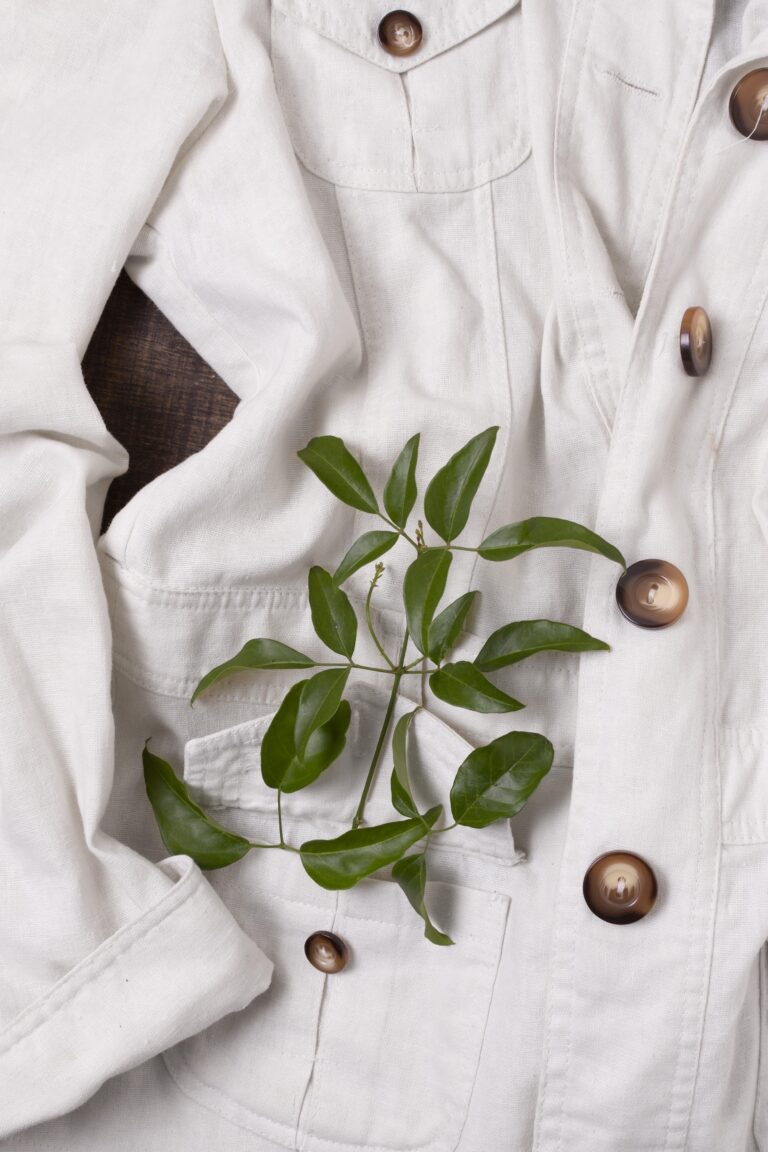In a world increasingly aware of environmental challenges, the fashion industry has come under scrutiny for its significant impact on the planet. Enter sustainable fashion, a movement that aims to transform how we produce, consume, and think about clothing. But what exactly is sustainable fashion, and how can we as consumers support it? Let’s dive in and explore.
What Is Sustainable Fashion?
Sustainable fashion encompasses practices that minimize the negative impact of clothing production and consumption on the environment and society. It prioritizes ethical labor practices, reduces waste, and promotes the use of eco-friendly materials. Key principles include:
- Eco-friendly Materials: Fabrics like organic cotton, bamboo, hemp, and recycled fibers that have lower environmental footprints.
- Ethical Production: Ensuring fair wages, safe working conditions, and reducing exploitation in garment manufacturing.
- Slow Fashion: A counter to fast fashion, slow fashion encourages quality over quantity, focusing on timeless designs that last.
- Circular Fashion: Promoting the reuse, repair, and recycling of clothing to extend its life cycle.

Why Does Sustainable Fashion Matter?
The environmental cost of fashion is staggering. Consider these facts:
- The fashion industry is responsible for 10% of global carbon emissions—more than aviation and shipping combined.
- Over 92 million tons of textile waste are generated annually.
- The production of one cotton shirt uses about 2,700 liters of water, enough to sustain one person for two and a half years.
Sustainable fashion seeks to address these issues by creating a more responsible and conscious approach to clothing.
How Can You Support Sustainable Fashion?
Supporting sustainable fashion doesn’t require a complete lifestyle overhaul. Small, intentional changes can make a big difference. Here are ways to embrace this movement:
1. Shop Secondhand
One of the simplest ways to reduce fashion’s environmental impact is by buying pre-loved items. Visit your local marché aux puces (flea market), thrift stores, or vintage shops to find unique, affordable, and eco-friendly pieces. Not only do you save clothing from going to waste, but you also support local businesses.
Benefits of secondhand shopping:
- Keeps clothing out of landfills.
- Reduces demand for new production.
- Allows you to express your personal style with unique, vintage finds.
2. Invest in Quality Over Quantity
Instead of buying several cheap, fast-fashion items, invest in fewer, high-quality pieces that will last longer. Look for brands that prioritize durability and timeless designs.
3. Support Ethical Brands
Research brands that align with sustainable and ethical practices. Many companies now focus on transparency, showing where and how their clothes are made. Look for certifications like Fair Trade, GOTS (Global Organic Textile Standard), or B Corp.
4. Embrace a Circular Wardrobe
Participate in clothing swaps, rent outfits for special occasions, or donate pieces you no longer wear. Some brands even offer recycling programs where you can return old clothes in exchange for discounts.
5. Learn Basic Repairs
Instead of discarding clothes with minor damages, learn to repair them. Sewing on a button, patching a hole, or altering a hem can breathe new life into your wardrobe.
6. Choose Eco-Friendly Fabrics
When shopping for new items, opt for clothing made from sustainable materials like organic cotton, linen, Tencel, or recycled polyester. These fabrics have a lower environmental impact than conventional ones.
7. Wash and Care Responsibly
How you care for your clothes also matters. Wash them in cold water, air-dry instead of using a dryer, and avoid over-washing to extend their lifespan. Consider using a guppy bag to catch microplastics released by synthetic fabrics during washing.
Encouraging the Marché aux Puces and Local Markets
Local flea markets like the marché aux puces are treasure troves for sustainable fashion. Here’s why they’re worth your time:
- Affordable Finds: High-quality, gently used items are often available at a fraction of their original cost.
- Support for Local Economies: By shopping at flea markets, you help small vendors and contribute to the local economy.
- Unique Style: Vintage and secondhand items allow you to stand out with one-of-a-kind pieces that no one else has.
- Low Environmental Impact: Reusing clothing reduces waste and lessens the demand for new production.
The Role of Conscious Consumerism
At its core, sustainable fashion is about mindfulness. It’s about asking questions like:
- “Do I really need this?”
- “How was this made, and who made it?”
- “How can I maximize the life of this piece?”
By making small, intentional choices, we can collectively drive demand for more ethical and eco-friendly fashion practices.
Conclusion: Fashion with Purpose
Sustainable fashion isn’t just a trend—it’s a necessity. By supporting secondhand markets like the marché aux puces, investing in quality over quantity, and embracing eco-friendly practices, we can all contribute to a more sustainable future.
Every piece of clothing has a story. Let’s ensure that the ones we choose to wear tell a story of care, responsibility, and respect—for the planet and for people.

